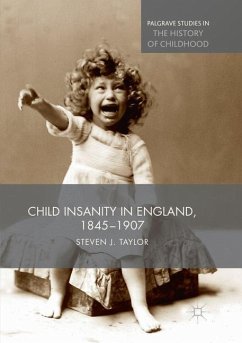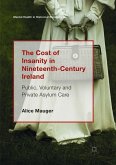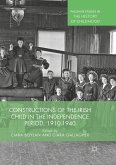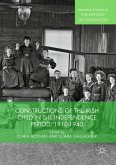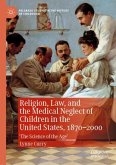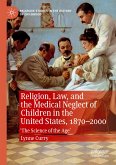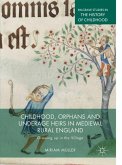This book explores the treatment, administration, and experience of children and young people certified as insane in England during the nineteenth and early twentieth centuries. It uses a range of sources from Victorian institutions to explore regional differences, rural and urban comparisons, and categories of mental illness and mental disability. The discussion of diverse pathways in and out of the asylum offers an opportunity to reassess nineteenth-century child mental impairment in a broad social-cultural context, and its conclusions widen the parameters of a 'mixed economy of care' by introducing multiple sites of treatment and confinement. Through its expansive scope the analysis intersects with topics such as the history of childhood, institutional culture, urbanisation, regional economic development, welfare history, and philanthropy.
"In this new volume for the series Palgrave Studies in the History of Childhood, edited by George Rousseau and Laurence Brockliss, Steven Taylor examines the history of child insanity in England. ... Taylor's book adds much to our knowledge, awareness, and understanding of the social histories of childhood and mental health." (Catharine Coleborne, The Journal of the History of Childhood and Youth, Vol. 11 (1), 2018)

